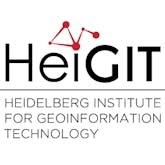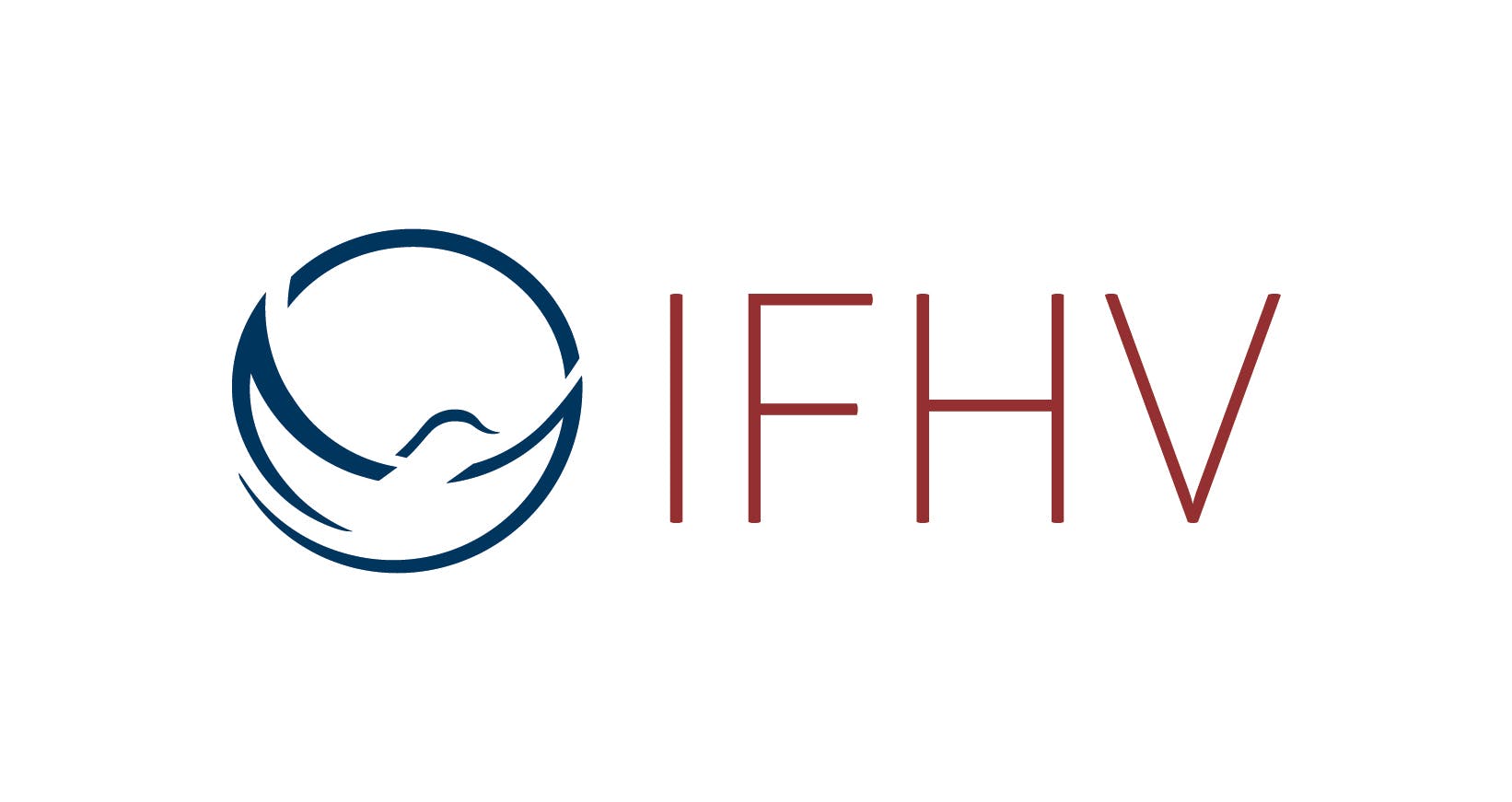The Use of Geoinformation in (Anticipatory) Humanitarian Action
Fully booked
Anticipatory action seeks to reduce the negative impacts of disasters by providing assistance to populations before predicted crises. It means acting prior to the onset of predictable hazards and, thus, aiming at reducing their impact and overall reducing human suffering and losses. It has only been a few years since humanitarian agencies started to develop systems to take action based on forecasts and risk analysis. Hence, you will be introduced to the overall concept of Anticipatory Action. However, the focus of this course will be on geoinformation.
The use of geodata in (anticipatory) humanitarian action has great potential. This course teaches the most important applications of geospatial data in humanitarian action. You will get an overview of existing data sources, including user-generated data such as OpenStreetMap. You will learn how to use this data systematically, with a particular focus on the use of geospatial data in the context of risk analysis in order to provide needs-based and anticipatory humanitarian assistance. Within this module, you will learn the basics of using the open-source software QGIS.
The training is part of aha's certification scheme and can be credited towards a Certificate of Advanced Studies in "Anticipatory Humanitarian Action". The course will take place online in January 2022 and includes regular breaks.
You will learn
what the most important areas of application for geo-data in humanitarian action are
from which sources you can obtain (publicly available) geo-data
which basic functions the analysis program QGIS offers
how you can use geospatial data in risk analysis
how to critically reflect on the usability of geodata in your work context
Target group
Staff of humanitarian NGOs with several years of professional experience in (anticipatory) humanitarian action, participants of previous courses on "Anticipatory Humanitarian Action" at the aha
Schedule
Session 1
Introduction to Coordinates, Geodata and QGIS
German Red Cross
Lecturer

The German Red Cross (GRC) is one of the largest national Red Cross Societies and currently active in around 50 countries in Africa, Asia, the Middle East and Latin America. Since 2013, the Red Cross and Red Crescent Movement has been actively working to bring anticipatory approaches to the forefront of humanitarian action through pilot projects. In close cooperation with the International Federation of Red Cross and Red Crescent Societies and the Red Cross Climate Centre, the GRC was able to test the implementation of the Forecast-based Financing approach (FbF) in several project countries and refine the methodology on behalf of the German Federal Foreign Office. Further cooperation exists with various humanitarian partners such as the World Food Programme, The United Nations Office for Humanitarian Affairs (UN-OCHA), Welthungerhilfe and the international donor community.
Heidelberg Institute for Geoinformation Technology (HeiGIT)
Lecturer

The aim of the Heidelberg Institute for Geoinformation Technology (HeiGIT) is to improve the transfer of knowledge and technology from basic geoinformatics research into practice by using innovative geoinformation technologies. It was founded in 2019 as an affiliated institute of Heidelberg University and has since then been core-funded by the Klaus Tschira Stiftung. The institute researches and develops intelligent routing and navigation services for sustainable mobility and provides geodata for humanitarian missions. In addition, innovative services from the research areas spatial data mining and machine learning are used to analyze, process, enrich and visualize user-generated geodata (e.g. OpenStreetMap).
17.1.2022 - 28.1.2022
24 hours of training
Online Event
 This training is organized by the Institute for International Law of Peace and Armed Conflict.
This training is organized by the Institute for International Law of Peace and Armed Conflict.